What Does The Lamp Do On A Microscope?
Microscopes are essential tools in various scientific fields, from biology to materials science. One of the critical components of a microscope is the lamp, which plays a pivotal role in illuminating the specimen being observed. Understanding the function and importance of the lamp in a microscope can significantly enhance the quality of observations and the accuracy of scientific research. This article delves into the various aspects of the lamp in a microscope, including its purpose, types, and how to optimize its use for the best results.
The Purpose of the Lamp in a Microscope

The primary function of the lamp in a microscope is to provide illumination. Without adequate lighting, it would be nearly impossible to see the fine details of a specimen. The lamp ensures that light passes through or reflects off the specimen, making it visible through the eyepiece or camera. Proper illumination is crucial for achieving high-resolution images and accurate observations.
Types of Microscope Lamps

There are several types of lamps used in microscopes, each with its own set of advantages and disadvantages. The choice of lamp can significantly impact the quality of illumination and, consequently, the quality of the observations.
1. Tungsten-Halogen Lamps

Tungsten-halogen lamps are among the most commonly used in microscopes. They produce a bright, white light that is ideal for general-purpose microscopy. These lamps are relatively inexpensive and have a long lifespan. However, they generate a significant amount of heat, which can be a drawback for some applications.
2. LED Lamps

LED (Light Emitting Diode) lamps are becoming increasingly popular in modern microscopes. They offer several advantages over traditional tungsten-halogen lamps, including lower heat generation, longer lifespan, and energy efficiency. LED lamps also provide a more consistent light output and can be easily adjusted for different levels of brightness.
3. Mercury Vapor Lamps
Mercury vapor lamps are used in fluorescence microscopy due to their ability to produce intense ultraviolet (UV) light. This type of lamp is essential for applications that require the excitation of fluorescent dyes. However, mercury vapor lamps are more expensive and have a shorter lifespan compared to other types of lamps.
4. Xenon Lamps
Xenon lamps are another option for fluorescence microscopy. They produce a broad spectrum of light, including UV, visible, and infrared wavelengths. Xenon lamps are known for their high intensity and stability, making them suitable for high-precision applications. However, they are also more costly and generate more heat.
Optimizing Lamp Use in Microscopy
To achieve the best results in microscopy, it is essential to optimize the use of the lamp. Here are some tips to ensure proper illumination and enhance the quality of observations:
1. Adjusting Brightness
The brightness of the lamp should be adjusted according to the specimen and the type of microscopy being performed. For example, brightfield microscopy requires a different level of illumination compared to phase-contrast or fluorescence microscopy. Most modern microscopes come with adjustable brightness controls, allowing users to fine-tune the light intensity.
2. Using Filters
Filters can be used to modify the light from the lamp to suit specific applications. For instance, neutral density filters can reduce the intensity of the light without altering its color, which is useful for observing delicate specimens. Color filters can enhance contrast and highlight specific features of the specimen.
3. Positioning the Lamp
The position of the lamp relative to the specimen is crucial for achieving optimal illumination. In transmitted light microscopy, the lamp is usually positioned below the stage, directing light upwards through the specimen. In reflected light microscopy, the lamp is positioned above the specimen, directing light downwards. Proper alignment ensures even illumination and reduces glare.
4. Regular Maintenance
Regular maintenance of the lamp and the microscope is essential for consistent performance. This includes cleaning the lamp housing, replacing burnt-out bulbs, and ensuring that the electrical connections are secure. Proper maintenance can extend the lifespan of the lamp and improve the quality of illumination.
Practical Applications of Microscope Lamps
The choice and use of the lamp in a microscope can significantly impact various scientific and medical applications. Here are some practical examples:
1. Biological Research
In biological research, proper illumination is crucial for observing cellular structures, microorganisms, and tissues. For instance, in histology, the lamp's brightness and color temperature can affect the visibility of stained tissue sections. Fluorescence microscopy, which relies on specific wavelengths of light to excite fluorescent dyes, requires high-intensity lamps like mercury vapor or xenon lamps.
2. Clinical Diagnostics
In clinical diagnostics, microscopes are used to examine blood samples, tissue biopsies, and other specimens. Adequate illumination is essential for identifying abnormalities and making accurate diagnoses. LED lamps are often preferred in clinical settings due to their consistent light output and low heat generation, which is important for prolonged use.
3. Materials Science
In materials science, microscopes are used to study the properties of materials at the micro and nano scales. Proper illumination is necessary for observing surface features, grain structures, and defects. Tungsten-halogen and LED lamps are commonly used in materials science microscopy due to their bright and stable light output.
4. Education
In educational settings, microscopes are used to teach students about various scientific concepts. Proper illumination is essential for clear and detailed observations, which can enhance the learning experience. LED lamps are often used in educational microscopes due to their ease of use and low maintenance requirements.
The lamp in a microscope is a critical component that significantly impacts the quality of observations and the accuracy of scientific research. Understanding the different types of lamps and how to optimize their use can enhance the performance of a microscope and improve the outcomes of various applications. Whether in biological research, clinical diagnostics, materials science, or education, proper illumination is essential for achieving high-quality results. By selecting the appropriate lamp and maintaining it properly, users can ensure that their microscopes provide the best possible illumination for their specific needs.


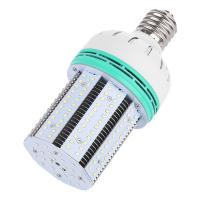
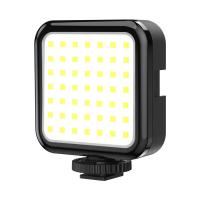

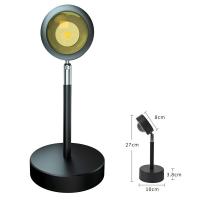
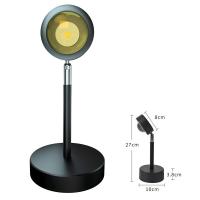
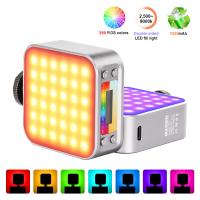











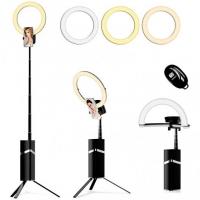

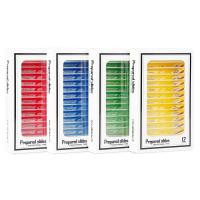
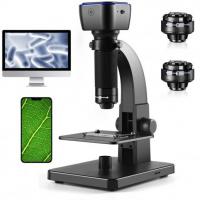




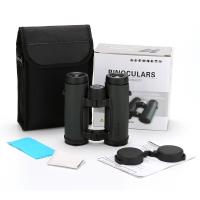


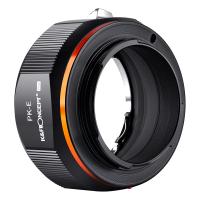








There are no comments for this blog.